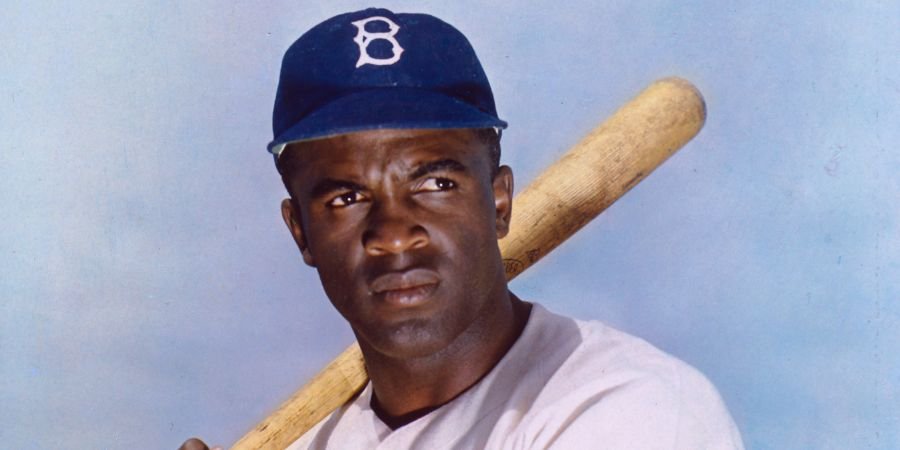People today don’t just buy products; they buy experiences, values, and lifestyles. Lifestyle branding is where this happens. It’s not just selling a product or service; it’s selling an emotional connection to an individual. Brands that succeed in doing so don’t just offer something functional, they offer a lifestyle.
Understanding Lifestyle Branding
Lifestyle branding is more than advertising. It’s creating a brand that reflects a lifestyle. Instead of selling prices or features, businesses employing lifestyle branding are interested in where their products fit in people’s lives. It’s above ordinary advertising because it’s about putting the brand into daily habits, aspirations, and identities.
Consider brands that consumers equate to simplicity, luxury, or adventure. They sell neither clothes nor services nor tech alone. They offer a life lifestyle of how existence can be if one was in their service. Whether one has a healthcare company encouraging humans to live enhanced lifestyles or one deals in vacations peddling travel and liberty, lifestyle branding wins souls over money.
Creating a Lifestyle Connection
The strength of lifestyle branding is that it creates emotional affinity with consumers. Individuals do not buy sneakers because they need shoes. They buy them because they represent an active lifestyle. They do not choose a particular coffee for the value of caffeine alone; they choose it because it is representative of a morning ritual, people, or a green lifestyle.
Those lifestyle brands that get it right prioritize storytelling. They tell wonderful stories through advertising, social media, and even packaging. Every message is designed to evoke feelings in customers – excitement, nostalgia, or belonging. Those emotional bonds turn browsers into repeat customers.
Building a Sense of Community
One of the most valuable aspects of lifestyle branding is that it can create a community. If consumers perceive a brand as something more than an entity, consumers then become engaged with it on a personal level. They’re not just buying products; they’re part of a movement.
Social media brought everything closer than ever before. Successful lifestyle brands create spaces where customers interact, learn through shared experience, and feel a sense of belonging. Fitness competitions, holidaying with friends – these brands are issuing invitations for customers to sit in a space with other customers who share the same interest.
That sense of belonging brings the customer back again and again, year after year.
Aligning with Consumer Values
Modern consumers care what brands believe. They do not just look at the product, but also think about the values that stand behind it. Lifestyle branding enables firms to demonstrate their ethics and convictions in a manner that will engage their audience.
Sustainability, diversity, and authenticity are what drive people today as consumers. The company that is built on sustainability is not selling refill bottles; it sells saving the world. The fashion brand that is built on diversity is not selling clothes—it’s selling embracing and empowering each other. Shared values between consumers and brands mean greater loyalty and trust.
The Power of Consistency
Consistency is the other essential part of lifestyle branding. Every point of contact, from packaging to social media posting, should convey the personality of the brand. The client must be able to identify at once the visual look, tone, and message of the brand. This serves to reinforce the lifestyle that the brand is pursuing.
Good lifestyle brands possess a cohesive and true voice. They never change their message for the purpose of trends. Instead, they mature, staying true to their essence. This generates trust and opens up possibilities for establishing long-term relationships with consumers.
Lifestyle Branding and Word-of-Mouth Marketing
Word-of-mouth advertising is among the most powerful business tools, and lifestyle branding creates it naturally. If consumers are connected with a brand, they speak. They share on social media their experience, spread the word about products, and even produce content pertaining to the brand.
This organic marketing is invaluable. Unlike traditional advertisements, in which businesses impose messages on customers, lifestyle branding invites individuals to share information with one another. It sounds more authentic and authentic-sounding, which forces potential clients to get involved.
Why Lifestyle Branding Ensures Long-Term Success
A company that is just selling stuff will make money short-term, but lifestyle branding comes out ahead long-term. Trends disappear but good emotional relationships last. People who think about a brand the same way they think about themselves are very unlikely to switch to another.
Second, lifestyle branding is also flexible. A brand associated with a specific lifestyle can grow to other products or services without alienating its die-hards. This becomes less challenging for corporations to grow without having to rebrand itself completely.
The Future of Lifestyle Branding
Since consumer culture is further delineated by the virtual world, lifestyle branding will increasingly become essential. Consumers are not looking for products; they are looking for brands that motivate, interest, and speak to their own values. Those firms that understand this will continue to thrive in a constantly changing market.
Through its focus on values, community, and feelings, lifestyle branding builds customers into faithful followers. It’s not so much selling a product, it’s about making a legacy.
Read Also: Stephen Miller: An Insight into his Background and Career











